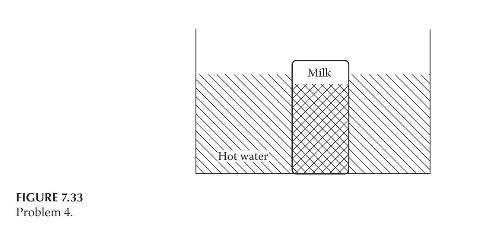Figure 7.33 shows a thin-walled glass of milk, which is taken out of the refrigerator at a
Question:
Figure 7.33 shows a thin-walled glass of milk, which is taken out of the refrigerator at a uniform temperature of \(3^{\circ} \mathrm{C}\) and is placed in a large pan filled with hot water at \(60^{\circ} \mathrm{C}\). Assume that the assumption of the lumped system analysis is applicable because the milk is stirred constantly, so that its temperature is uniform at all times. The glass container is cylindrical in shape, with a radius of \(3 \mathrm{~cm}\) and a height of \(6 \mathrm{~cm}\). The estimated parameters of the milk are density \(ho=1035 \mathrm{~kg} / \mathrm{m}^{3}\), specific heat capacity \(c=3980 \mathrm{~J} /\left(\mathrm{kg} \cdot{ }^{\circ} \mathrm{C}\right)\), and thermal conductivity \(k=0.56 \mathrm{~W} /\left(\mathrm{m} \cdot{ }^{\circ} \mathrm{C}\right)\). The heat transfer coefficient between the water and the glass is \(h=250 \mathrm{~W} /\left(\mathrm{m}^{2} \cdot{ }^{\circ} \mathrm{C}\right)\).
a. Derive the differential equation relating the milk temperature \(T(t)\) and the water temperature.
b. Using the differential equation obtained in Part (a), construct a Simulink block diagram. How long will it take for the milk to warm up from \(3^{\circ} \mathrm{C}\) to \(58^{\circ} \mathrm{C}\) ?

Step by Step Answer:

Modeling And Analysis Of Dynamic Systems
ISBN: 9781138726420
3rd Edition
Authors: Ramin S. Esfandiari, Bei Lu





